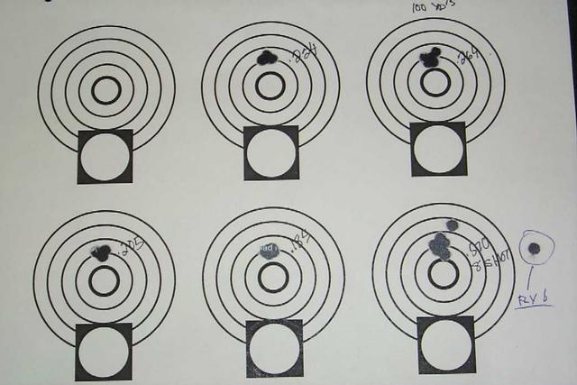Differences of as much as .020 in length, as described by Greybeard to start this thread, probably will make a small difference in accuracy. But more typical differences of .005 or less, it takes a VERY accurate rifle to tell any difference. And even then, the difference isn't enough to matter to anyone except a Bench Rest competitor.
Certainly, nothing in the world wrong with trimming cases. And if you feel it helps, by all means keep doing it. But I don't trim mine (except once at the beginning), and I honestly don't think I'm giving up anything in accuracy - all I'm missing out on is having to trim.
What I like to do, is measure my chambers. So I know how long my brass can really grow and still be safe. It's always a lot longer than what the books say. A lot longer. Obviously, you wouldn't want to take this for granted - as evidenced by the short 788 chamber mentioned above. But, all of the factory chambers I've ever measured, and most of the custom ones, have been so long that the brass won't ever grow long enough to impinge on the chamber mouth. Knowing my actual chamber length, what I usually do with my rifles, is wait until the brass has been fired once or twice, then trim them all to a common length. After that, I never trim them again. Even after a dozen firings, they are still within .005 or less of each other, and nowhere near long enough to be a safety concern. Indeed, I've got one set of cases for one of my .22BR's that have been loaded 25 times, without trimming. They still aren't long enough to be any danger, and still shooting groups that average in the 2's.
Here's a picture of the innexpensive little gages Sinclair makes for measuring chamber length. It's good information to have, and these little units are super easy to use:
Here's four five shot groups at 100 yds, fired with cases that had been loaded about a dozen times, and never trimmed. There's even a hole there on the lower right where I splattered a fly at 100 yds. Like I said, I really don't see that I'm giving up any accuracy by not trimming /ubbthreads/images/graemlins/smile.gif .
- DAA



